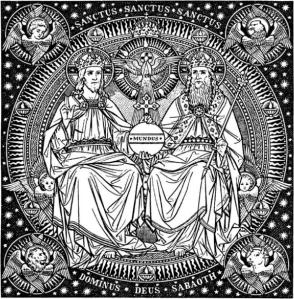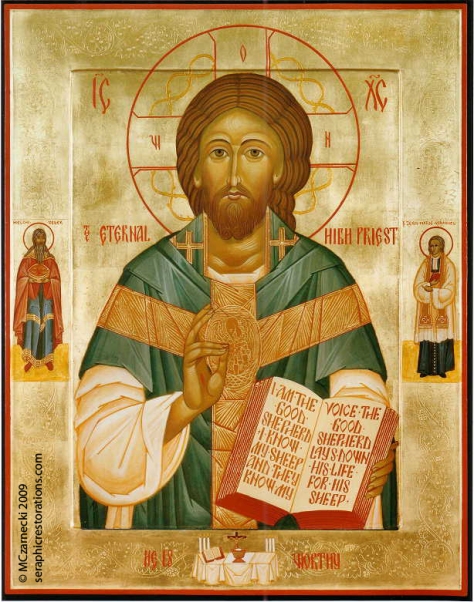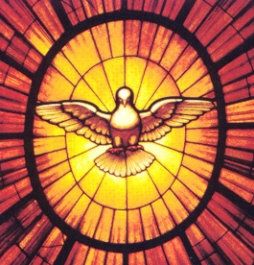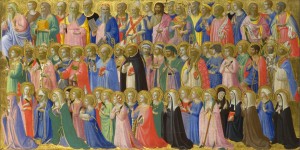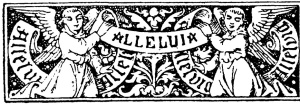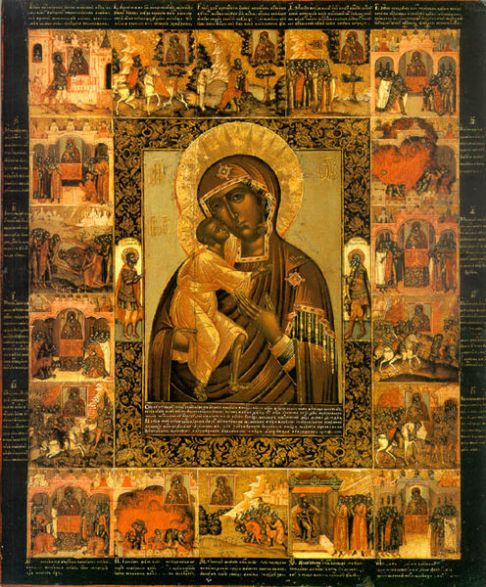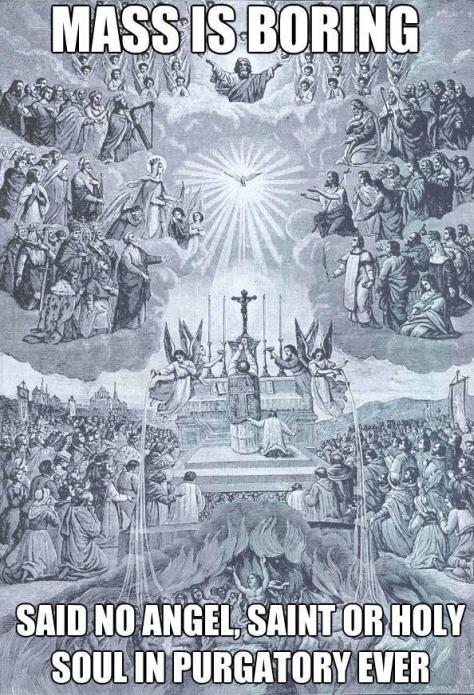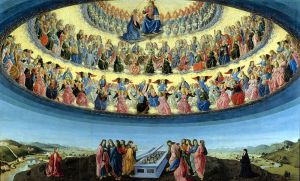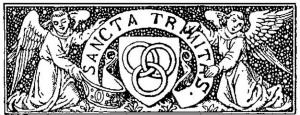
This past weekend is a great example of how the mystery of Christ unfolds for us throughout the liturgical year. The Solemnity of the Most Holy Trinity is easily overlooked – after all, Easter season is over, Pentecost was so exciting, and oh yeah, this year, we’re all focusing on our brats and beers for Monday (especially in this state!) Well, I for one can’t complain – while visiting my brother, I attended a beautifully celebrated High Mass perfectly fit for the occasion.
Remember that solemnities are the highest-ranking celebrations on the liturgical calendar. They are opportunities for us to rejoice in the richness of our faith, and to understand it more fully. Today, we examine more closely the mystery of the Trinity, the central mystery of our life in Christ, as the Catechism (no. 234) teaches:
“The mystery of the Most Holy Trinity is the central mystery of Christian faith and life. It is the mystery of God in himself. It is therefore the source of all the other mysteries of faith, the light that enlightens them. It is the most fundamental and essential teaching in the ‘hierarchy of the truths of faith.’”
All Christians are baptized with the “Trinitarian formula”. We are baptized in the name of the Father, and of the Son, and of the Holy Spirit. Notice it is “the name”, and not “the names…” The Father, Son and Holy Spirit are one God, not many gods, and so we express this belief in the language we use. We must be particular in our use of language about our faith.
Every single time we pray, we sign ourselves with the Sign of the Cross, the sign of the Trinity. This is the first prayer we learn as children, and the one we pray the most often. Do we just go through the motions, or do we pray these words with care?
